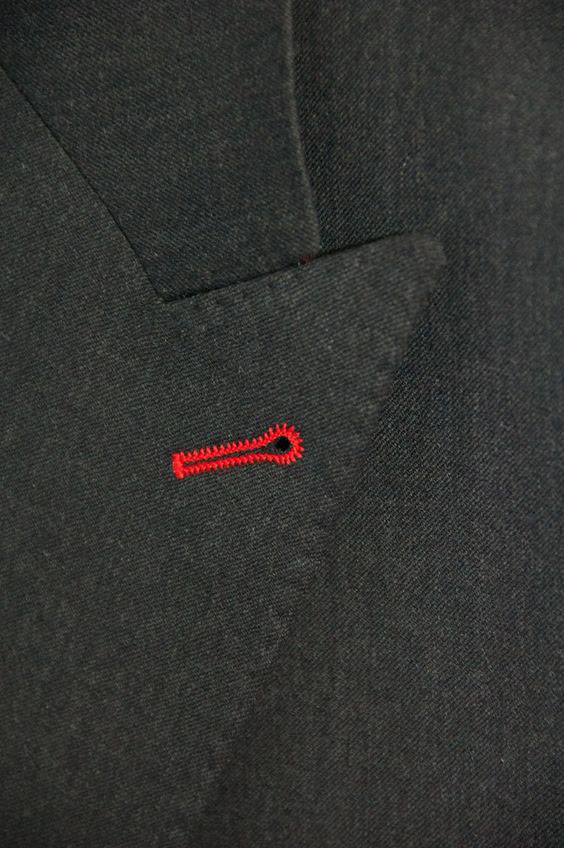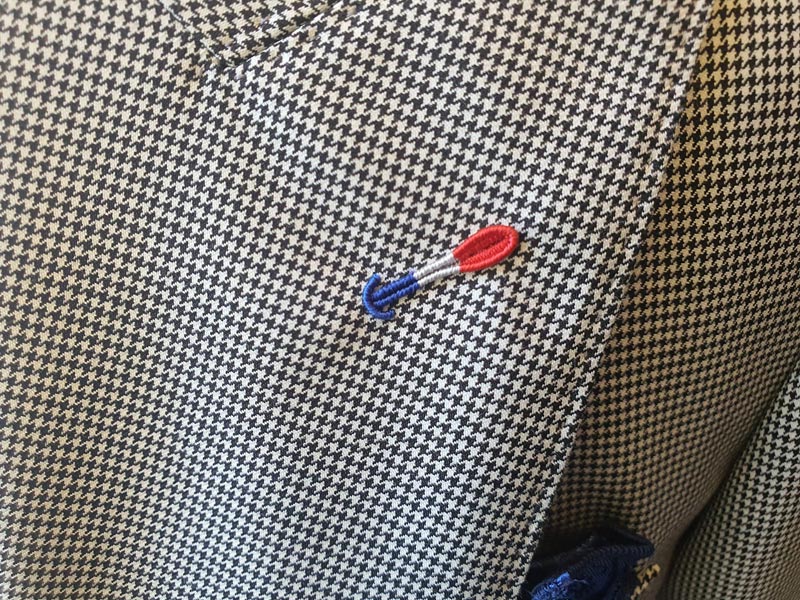Back when jackets still closed at the top, the boutonniere was a functioning buttonhole. It’s purpose was to allow closing your jacket all the way up. Today it is instead for the adorning of flowers, lapel pins and the occasional monocle clips. The word boutonniere is in fact the French word for buttonhole, and a certain tailoring technique can add new distinction to the lapel.
For added distinction, opt for the “cherry on top” of suit finishing. A trend made popular in Paris is the boutonnière Milanaise, or in English, the Milanese buttonhole.

Believed to have originated in Italy and then made popular by Italian tailors in France, the Milanese buttonhole is the apex of a fundamentally tailored suit. You will be hard pressed to find functioning buttonholes on most off-the-rack suits, let alone fully functioning finishing touches like this.


Cut and stitched by hand, the Milanese buttonhole on the lapel of your jacket will provide a unique touch of elegance and prestige to your bespoke suit.
The offering of a Milanese buttonhole is something only a quality tailor can provide. Where machine made buttonholes have the lapel buttonhole stitched by machine and cut afterwards, the Milanese must be cut first and then carefully hand-stitched after. It involves a piece of thread called a “gimp” which is hand-stitched to surround the buttonhole.




